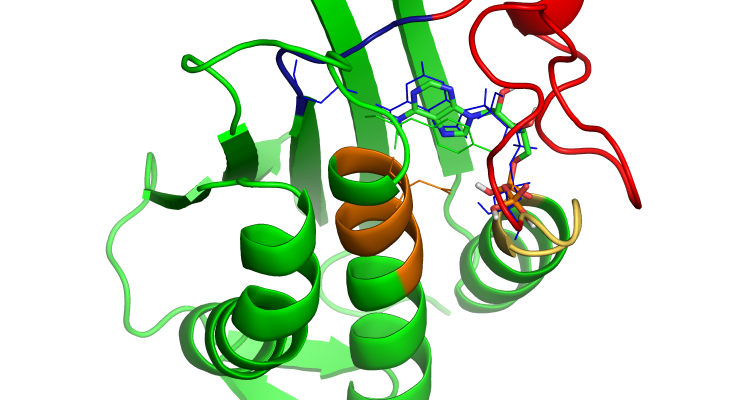
Project
Antibacterial (Nano)medicines Development
The growing problem of bacterial multi-drug resistance (MDR) requires the urgent development of novel antibacterials with different mechanisms of action from known antibiotics.
Background
The growing problem of bacterial multi-drug resistance (MDR) requires the urgent development of novel antibacterials with different mechanisms of action from known antibiotics. AND – Antibacterial (Nano)medicines Development (http://and-if.eu) is a Horizon-2020-funded individual fellowship that aims at identifying a lead-candidate(s) for the development of a novel broad-spectrum antibacterial (nano)medicine(s) by improving the pharmacological properties and membrane permeability of previously identified bacterial histidine kinase (HK) inhibitors. HKs are a component of bacterial two-component systems (TCS). TCS are the main and almost universal signal transduction systems in bacteria and regulate essential processes including bacterial growth, cell-wall metabolism, biofilm formation and resistance to antibiotics. A prototypical TCS consists of a sensor HK and an effector response regulator (RR). As part of the STARS- Scientific Training in Antimicrobial Research Strategies European Initial Training Network (http://www.stars-itn.eu) research, promising HK autophosphorylation inhibitors (HKAIs) have been identified. The most potent HKAI identified had minimal inhibitory concentration (MIC) values ranging between 1 to 16 μg/ml for a range of Gram-positive strains, including clinical isolates of MRSA.
Project goals
Although the identified HKAIs inhibit the autophosphorylation of HKs from Gram-negative organisms, they show no or weak antibacterial effect against Gram-negative pathogens, suggesting permeability of the Gram-negative cell envelope is limiting their anti-bacterial effect. This assumption was shown to be correct using HKAI loaded mesoporous silica-based nanoparticles capped with ε-poly-L-lysine as a strategy for effective drug delivery. Whereas the nanoparticles themselves had no antibacterial activity against Gram-negative strains, the MICs of nanoparticles loaded with HKAIs were lowered more than 10-fold compared to the MICs of the free HKAIs. The best HKAIs identified to date have relatively low toxicity to human cells and even lower toxicity when delivered in nanoparticles. Taken together these data indicate high potential for developing a new class of antibacterial dugs as well as nanomedicines with activity against multiple HK targets in several MDR pathogens which is the major goal of the project. Furthermore, putative mechanism(s) of resistance to HK inhibitors and known antibiotics will be studied and novel antibacterial drug targets will be identified by using transposon insertion mutant libraries (Tn-libraries) to identify mutations involved in intrinsic resistance to antibiotics and/or leading to increased sensitivity to existing antibiotics in multi-drug resistant (MDR) strains.